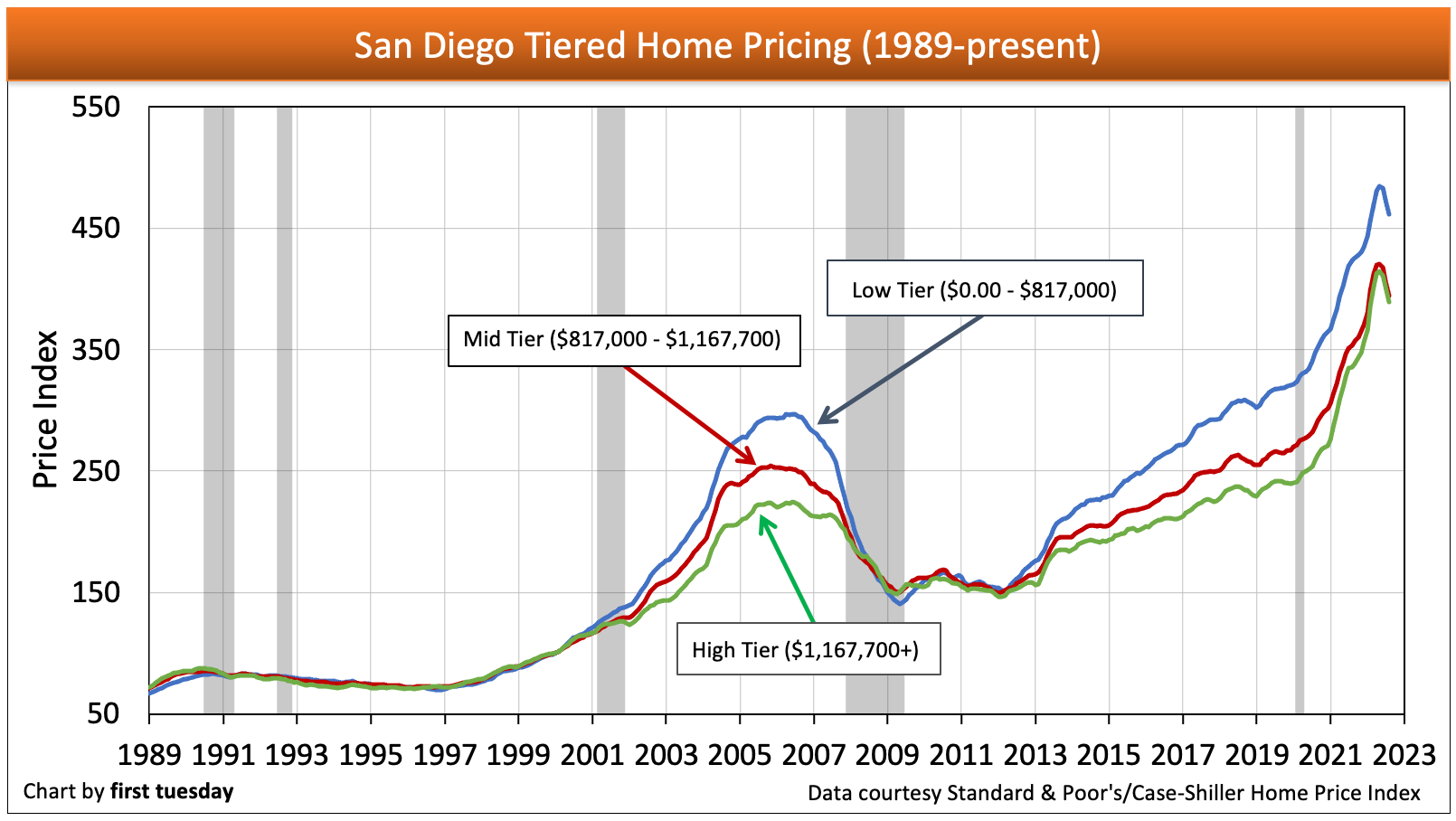Offering mortgage points? There are better ways to catch a buyer
2022’s rapid interest rate hike has plunged the seller’s market of the past two years into a solid buyer’s market.
As sellers continue to grapple with the dizzying shift, they are increasingly offering concessions to attract buyers, including:
- cutting prices;
- paying for inspections and origination fees;
- paying property taxes; and
- covering the costs of repairs and improvements.
Sellers are also increasingly agreeing to pay for mortgage points to reduce the homebuyer’s interest rate.
Mortgage points allow the homebuyer — or seller — to pay an upfront fee to the lender in exchange for a lower mortgage interest rate over the life of the loan. A lower mortgage rate enables a buyer to increase their buyer purchasing power by paying a higher price with the same loan payment, or just save on monthly expenses.
How mortgage points work
Typically, lenders offer mortgage points at the price of 1% of the purchase price per one-quarter of a percentage point on the mortgage interest rate.
For example, consider a homebuyer who wants to take out a mortgage for $500,000, but they want a lower rate than the lender is offering. By purchasing two mortgage points upfront, they are able to decrease their interest rate by half a percentage point. The cost of the two mortgage points is $10,000. With an initial mortgage rate of 7.0%, this reduces the homebuyer’s monthly payment from $3,330 to $3,160 a month, a monthly savings of roughly $170.
Are mortgage points a good investment? They can be — but, due to the significant upfront fee, it depends on how long the homebuyer plans to stay in the home.
In the example above, the monthly savings of $170 means the homeowner needs to own the home for at least five years to pay off the points and make this a sensible upfront investment.
Further, the cost of mortgage points is tax deductible, as it is essentially prepaying mortgage interest upfront. However, mortgage points are not deductible for the seller who pays mortgage points, though the cost of points may reduce their gain realized for tax purposes.
Better ways to attract homebuyers
Heading into 2023, a spiraling housing market has forced sellers to increasingly turn to seller concessions to appeal to homebuyers who have been turned off by rising interest rates.
But instead of reducing the profit from the sale of the home by accepting concessions and paying for points, sellers ought to consider offering seller financing at a below-market interest rate.
Seller financing is also known as:
- an installment sale;
- a credit sale;
- carryback financing; or
- an owner-will-carry (OWC) sale.
Carryback financing generally offers the buyer:
- a moderate down payment;
- a competitive interest rate;
- less stringent terms for qualification and documentation than imposed by traditional lenders; and
- no origination costs or lender processing hassle.
For the seller, carryback financing makes their property more marketable, enabling a higher sales price, and can also allow them to defer the tax bite on their profits.
On closing, the rights and obligations of real estate ownership held by the seller are shifted to the buyer. Concurrently, the seller carries back a mortgage, taking on the rights and obligations akin to that of a mortgage holder.
Real estate agents and brokers who are poised to counsel a seller through a carryback sale will also find themselves securing more sales and earning more income even in the down years looming at the end of 2022.
Article By: Carrie B. Reyes
Categories
Recent Posts






